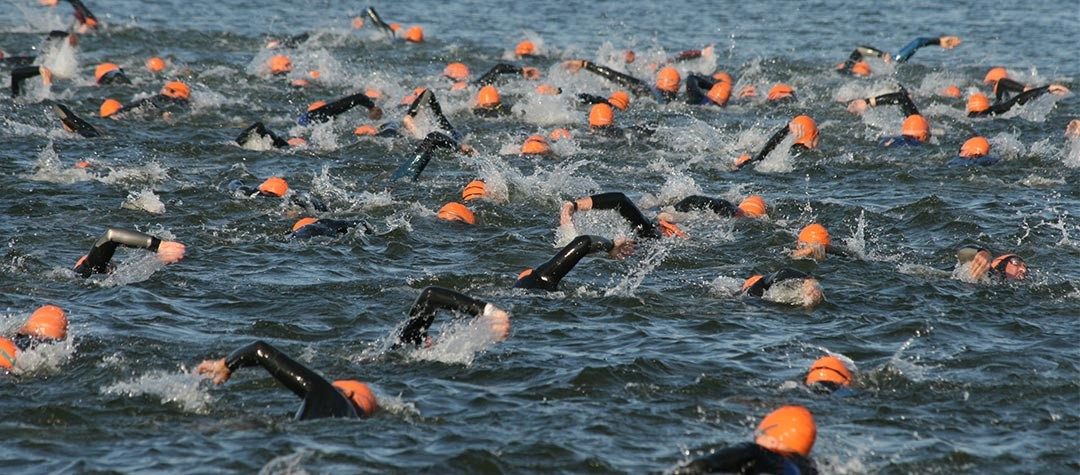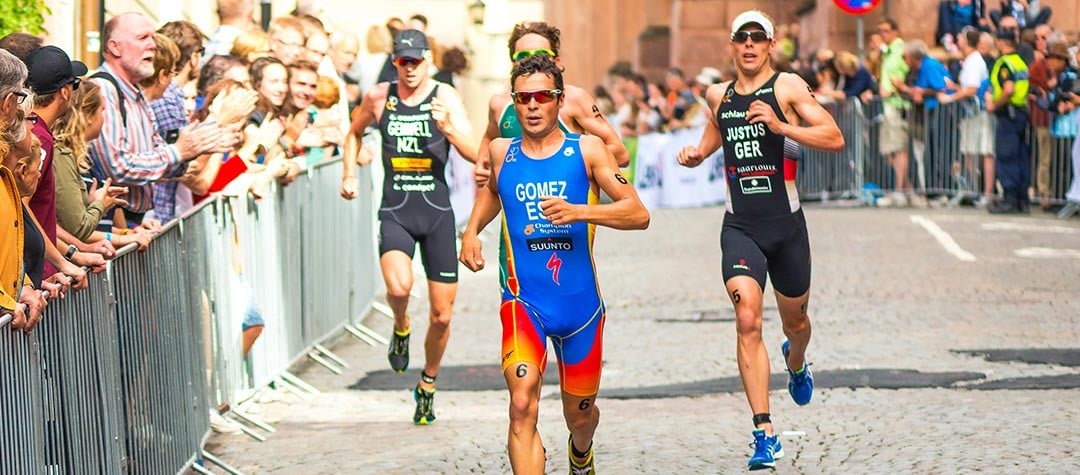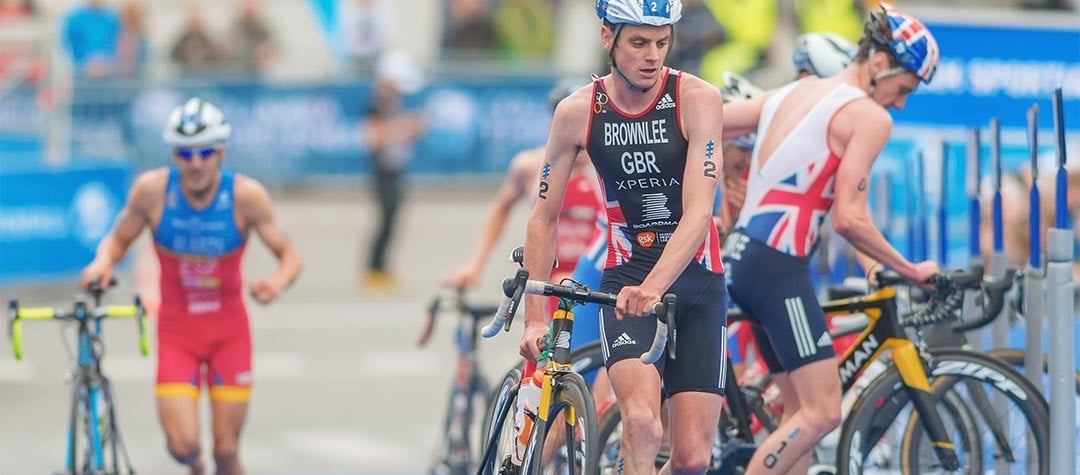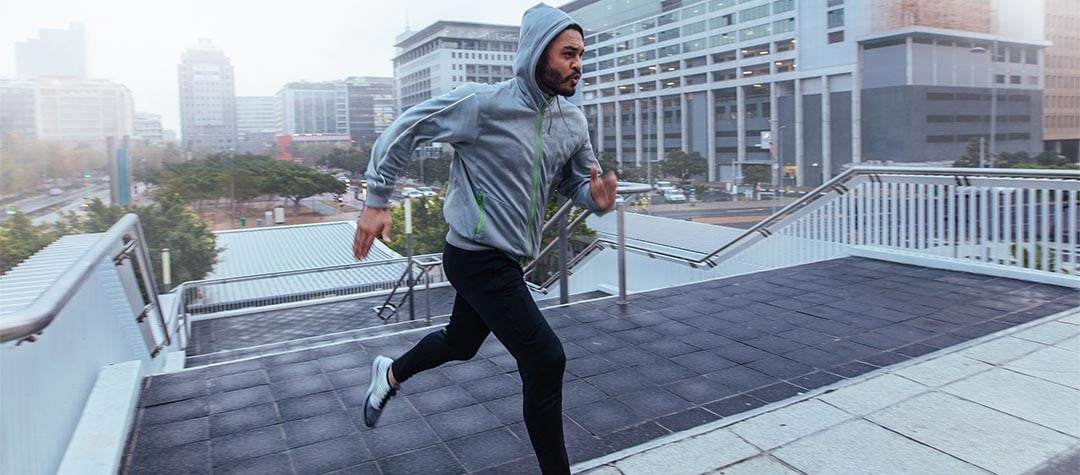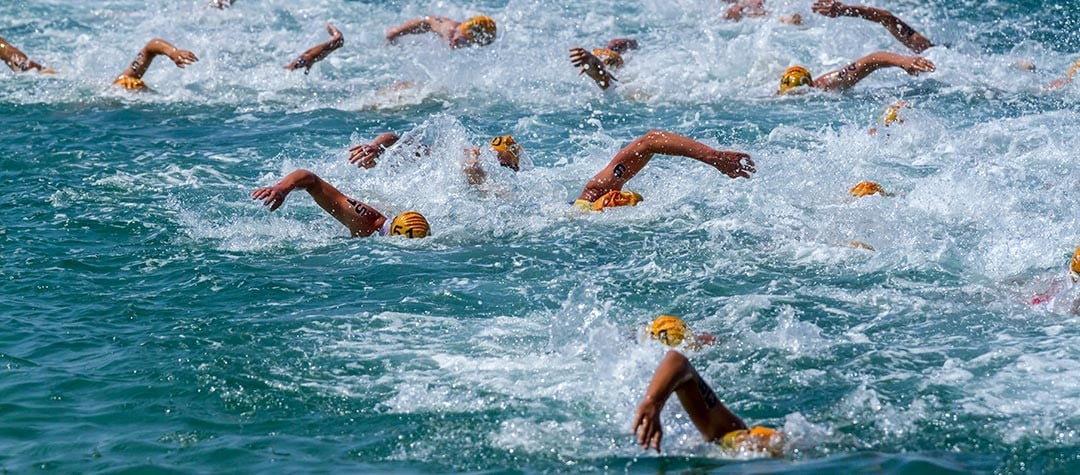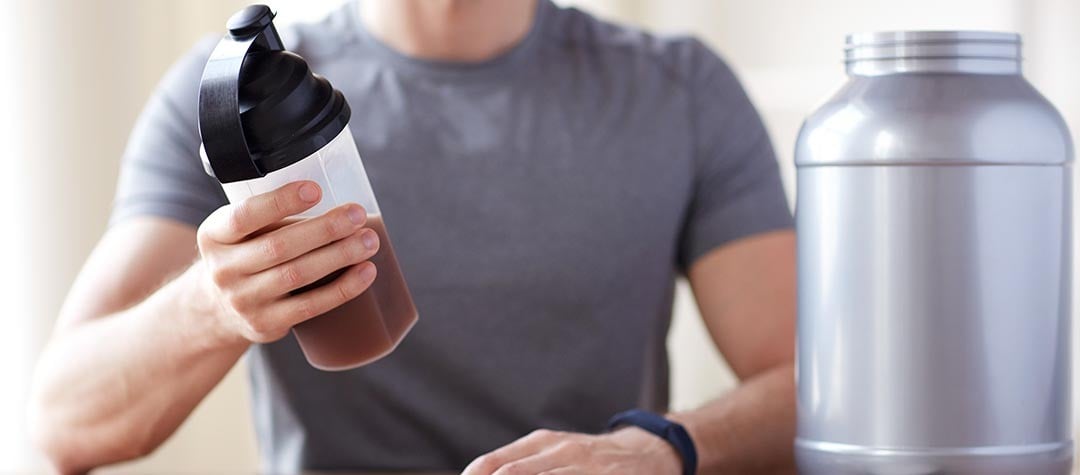Tackle the toughest triathlons out there, by moving from triathlon to Ironman or Half Ironman.
Both Half Ironman and Ironman are classified as long course triathlon races, however the full Ironman really is a different beast to the half. Think of it like this; Half Ironman is prolonged discomfort whereas the Ironman distance is just pure suffering!
Making the jump from Olympic
Although it may seem daunting at first, the training required for an Ironman isn't that different to what you might expect for Olympic distance racing. If you were training hard for Olympic distance, it's not as if you can dramatically increase your training, because if you could have done then you probably would have done so before now! In fact, when I’m training for an Ironman, I don’t do any more hours than I did when I was training for the Olympics. It's just that the nature of the training is slightly different.
Speed work vs long sessions
Speed work in training is your friend, and when you prepare for Ironman it doesn't mean that you cut all that quality work and focus on long slow and steady state exercise. If you do that you will only teach yourself to go slow. Of course, that being said, you need to have regular days where you train very long and easy. Imagine if you’re proficient at running your kilometre reps at three minute pace. All of a sudden, a 4:10 minute pace doesn't feel taxing at all, which is just as well because it can't be too hard if you have to run it for three hours! Pacing is everything in Ironman racing. You are much better off being steady all day rather than having moments of heroics mid-race which will cost you dear at the end.
Finding your fat threshold
When preparing for Ironman the primary factor you're concentrating on is trying to increase your fat threshold (or first threshold). That's the point where you stop using fat as your energy source and begin using carbohydrates. Your fat stores are about four times bigger than your carbohydrate stores, so you obviously want to keep your power under that threshold if you can! This number for me is around 305 watts and to be at the front in the Ironman World Championships you're looking at just over four watts per kilogramme of body weight. As soon as you go above your fat threshold it means you’ll be burning more of your matches so to speak and inevitably, the worse it's going to end for you! So settle into a pace that is comfortable and don't be influenced by what the other competitors are doing.
I'm still yet to do an Ironman race although I will be even better qualified to write this in around 2 months’ time after my first Ironman attempt in South Africa! However I already have a great idea of the training involved for that and I've been racing Half Ironman distance for a while now.
First up the training isn't that different to what you might expect for Olympic distance racing. If you were training hard for Olympic distance it's not as if you can dramatically increase your training, because if you could have done then you probably would have done before now. In fact I’m not doing any more hours now then I was when I was training for the Olympics. It's just that the nature of the training is slightly different.
Fuelling an Ironman
Nutrition is also often talked about as one of the main factors to a successful race. In such long hard races you have to be able to fuel yourself properly by knowing exactly what works for you and how much you have to take on and when. The general standard is to take a mixture of isotonic and water, one bottle every hour at least and gels every 20/30minutes during the bike and run. Now that is obviously a lot and that volume can play havoc with your stomach, so you just have to figure out through experimentation what sits best for you. You should also work out a strategy for taking on sodium to stave off any potential cramping.
Ironman equipment
Due to the nature of the event and the sheer distance, any inefficiency you have will become more and more apparent the longer you go on. So make sure you have all of your equipment in order. Perhaps most importantly have your bike set up so you’re maximising your aerodynamics, but also in a position you’re comfortable with and one from which you can push the most power.

